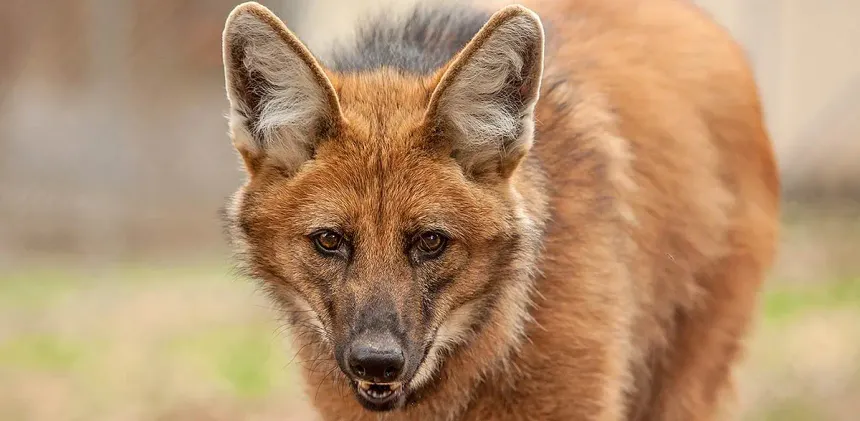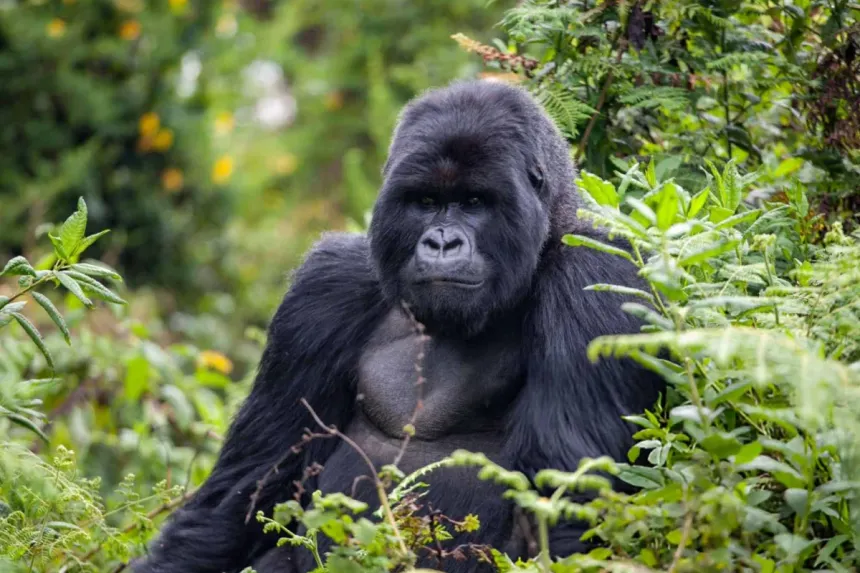10 Fascinating Facts About Emus
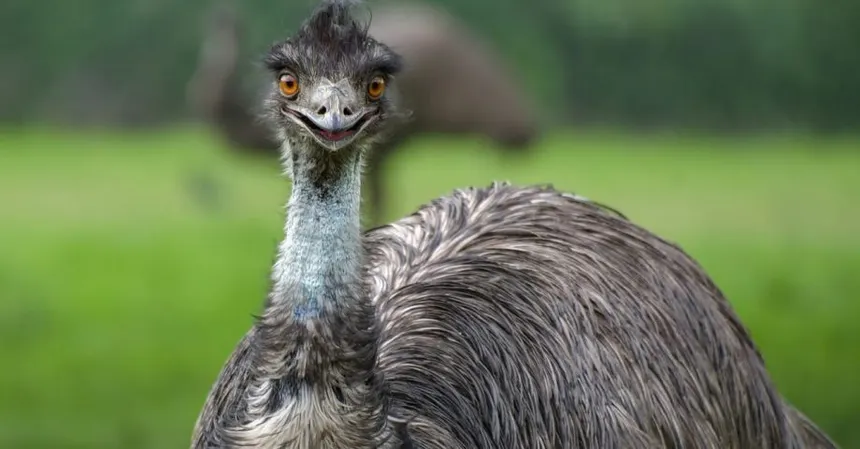
The emu (Dromaius novaehollandiae) is the second-largest bird in the world after the ostrich and is an iconic symbol of Australia. These flightless birds are not only fast runners but also full of surprises when it comes to their behavior, biology, and history. Emus have evolved over millions of years to adapt to the harsh and varied climates of the Australian outback, making them truly remarkable creatures.
Here are 10 fascinating facts that will help you better understand this incredible bird:
1. Emus Can’t Fly, But They Can Run Like the Wind
Though they are flightless, emus can sprint at speeds of up to 50 km/h (31 mph). Their powerful legs allow them to take strides over 2.5 meters (8 feet) long when running. These legs are also used for self-defense — a kick from an emu can be dangerous!
2. They’re Found Only in Australia
Emus are endemic to Australia, meaning they aren’t naturally found anywhere else. They live in various habitats across the continent, including grasslands, forests, and semi-arid deserts, but they tend to avoid very dense forests and populated areas.
3. Male Emus Take Over Parenting Duties
Unlike most birds, male emus are the sole caretakers of the eggs and chicks. After the female lays the eggs, the male incubates them for about eight weeks without eating, drinking, or leaving the nest, losing a significant amount of weight. After hatching, he continues to protect and raise the chicks for up to 18 months.
4. Emu Eggs Are Dark Green and Huge
An emu egg is dark green, almost like an avocado, and can weigh up to 1 kg (2.2 lbs). It’s roughly equivalent to 10–12 chicken eggs in volume. These eggs are often used in art and carving due to their unique color and layered shell structure.
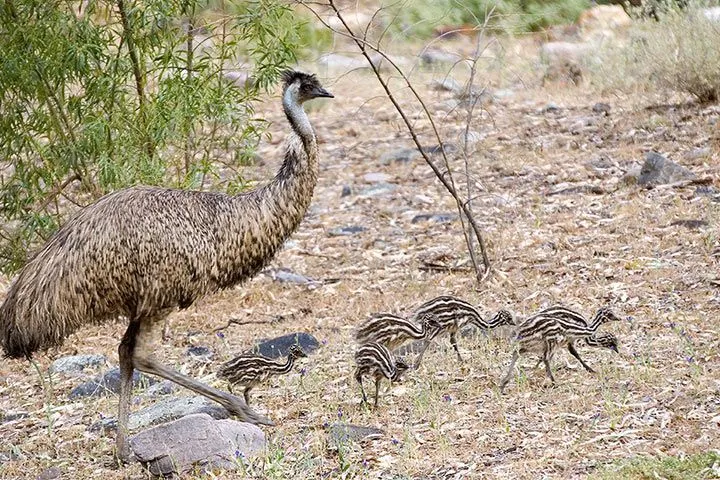
5. They Make Deep Drumming and Grunting Sounds
Emus produce a variety of vocalizations, including deep booms, grunts, and drumming sounds, which can travel over long distances. These sounds are used to communicate, especially during mating season. The deep booming noise is produced by an inflatable throat pouch and can be heard up to 2 km away.
6. Emus Are Omnivores
Though primarily herbivorous, emus are opportunistic feeders. They eat a variety of plant materials like seeds, fruits, flowers, grasses, and leaves, but also insects, caterpillars, and small animals when available — especially in drier seasons when greenery is scarce.
7. They Swallow Pebbles to Aid Digestion
Because emus don’t have teeth, they swallow small stones and pebbles, called gastroliths, which help grind and digest food in their gizzard. This is a common trait in many birds that consume tough plant material.
8. Emus Have Unique Feathers
Each emu feather has a double shaft — two feathers growing from a single quill — which gives their plumage a shaggy, hair-like appearance. Their feathers help insulate them against extreme temperatures and protect them from sun exposure.
9. They Played a Role in a Military Conflict – The Emu War
In 1932, Australia famously launched an unsuccessful effort to curb emu populations damaging crops in Western Australia, known as the “Emu War.” Armed soldiers with machine guns failed to control the birds, which proved surprisingly agile and elusive — a strange but true event in history.
10. Emus Are Important in Aboriginal Culture
For many Aboriginal Australian cultures, the emu features prominently in Dreamtime stories, art, and traditions. It is often seen as a creator being and symbol of endurance, balance, and survival.
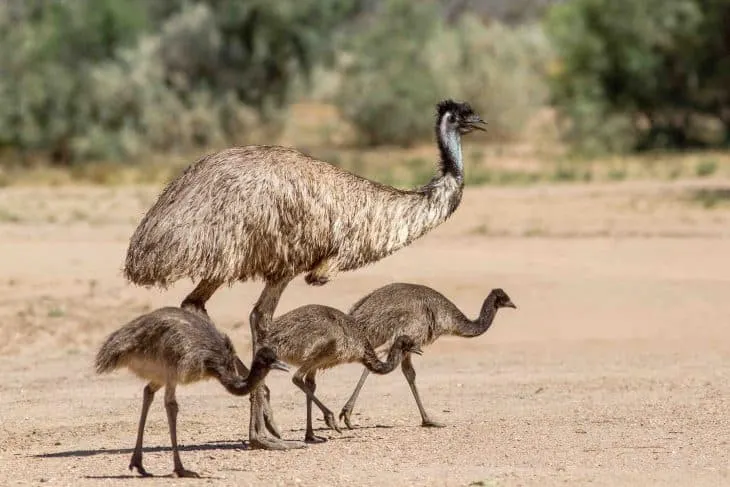
Conclusion: More Than Just a Bird
Emus are not only survivors of Australia’s tough interior but also symbols of its cultural heritage, evolutionary brilliance, and quirky history. Whether running at full speed across the plains or quietly guarding their nest, these birds continue to fascinate scientists, farmers, and bird enthusiasts alike.


